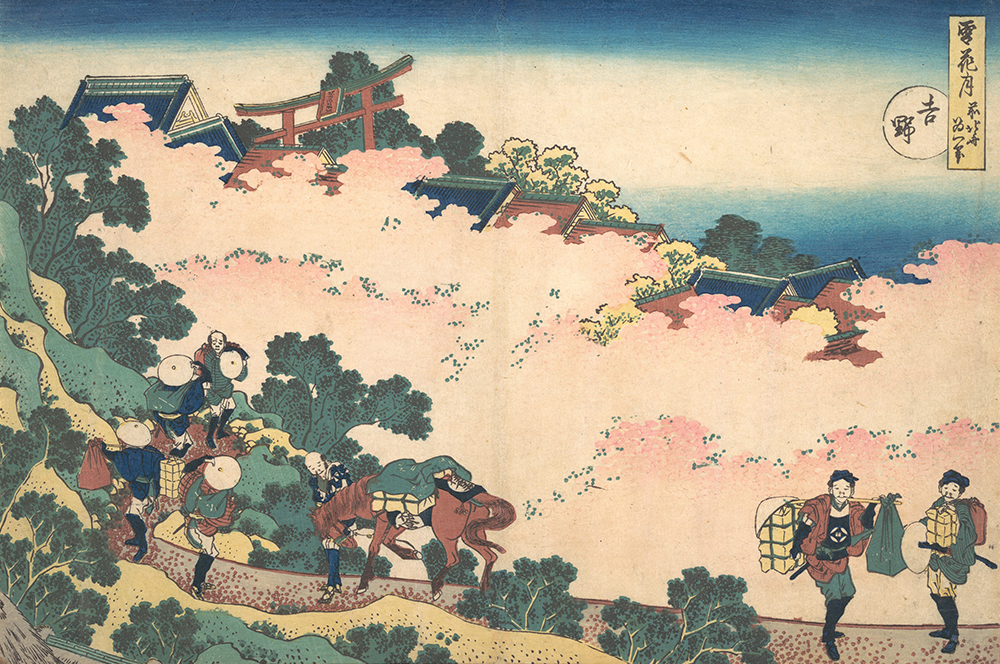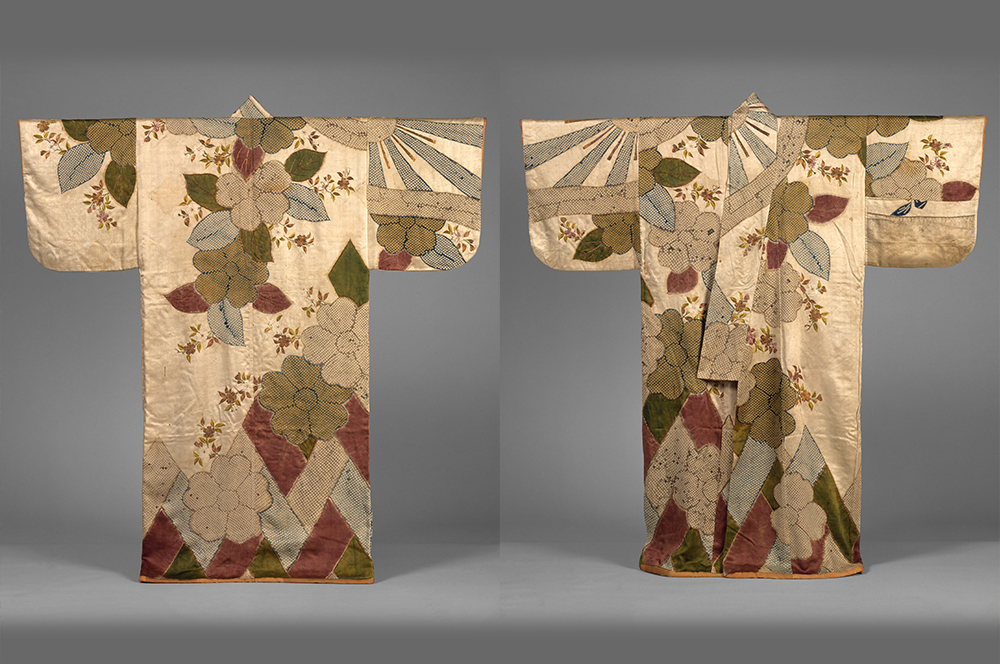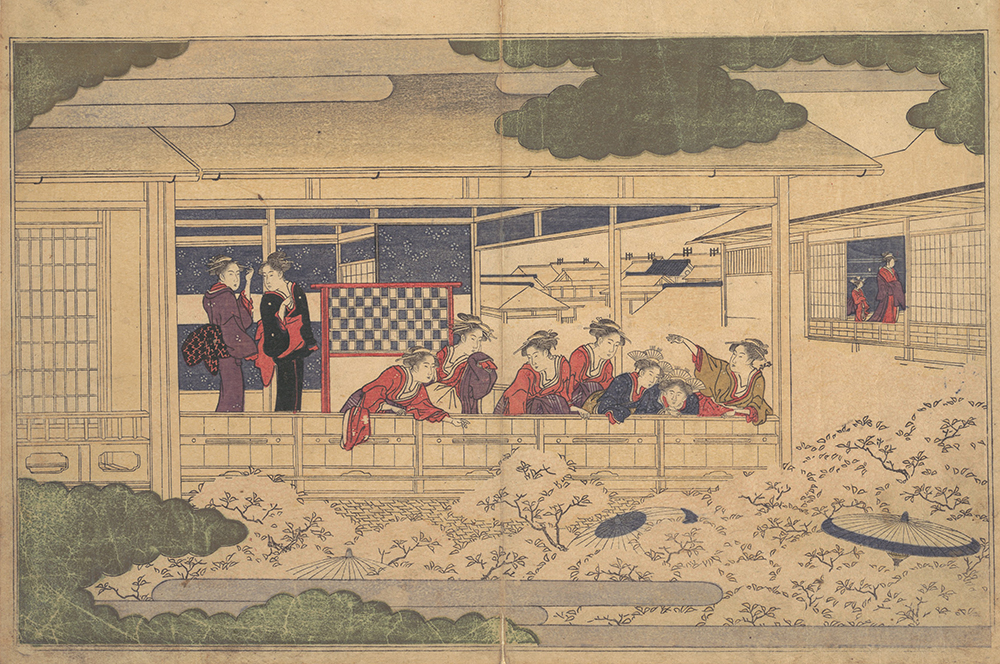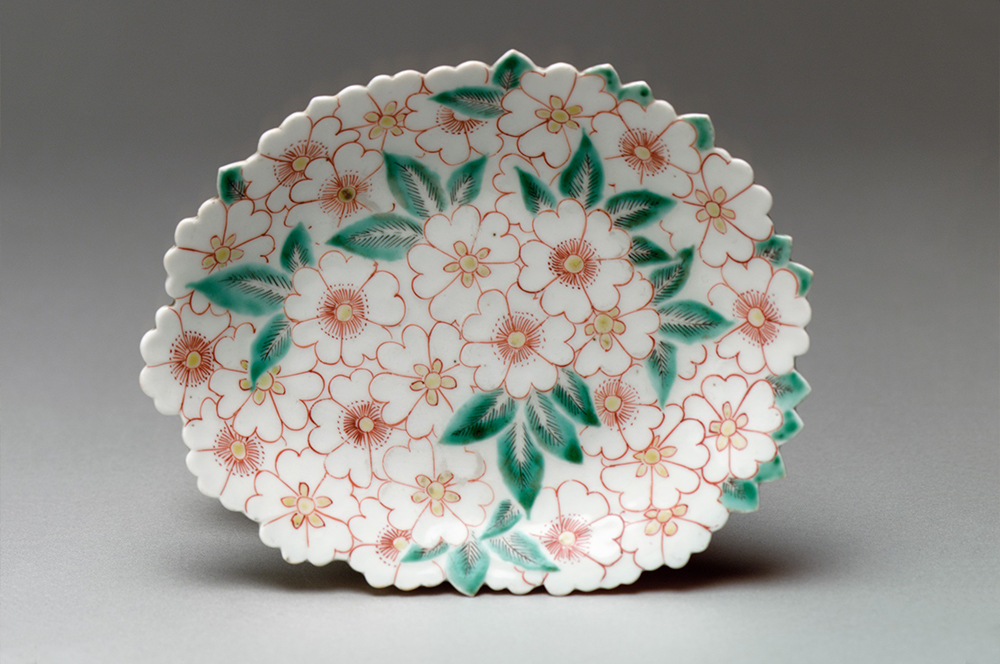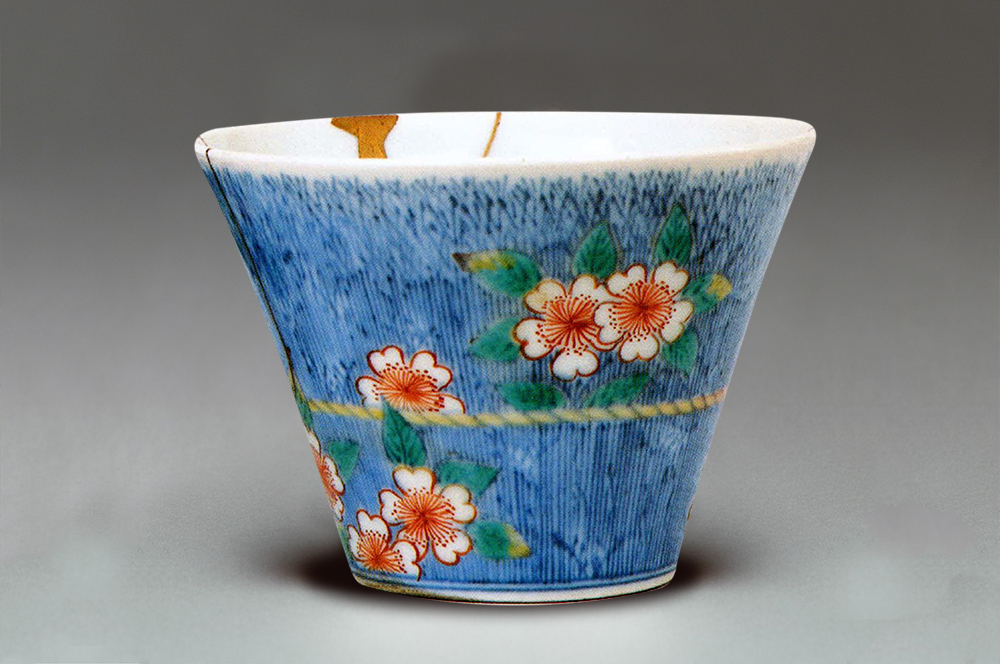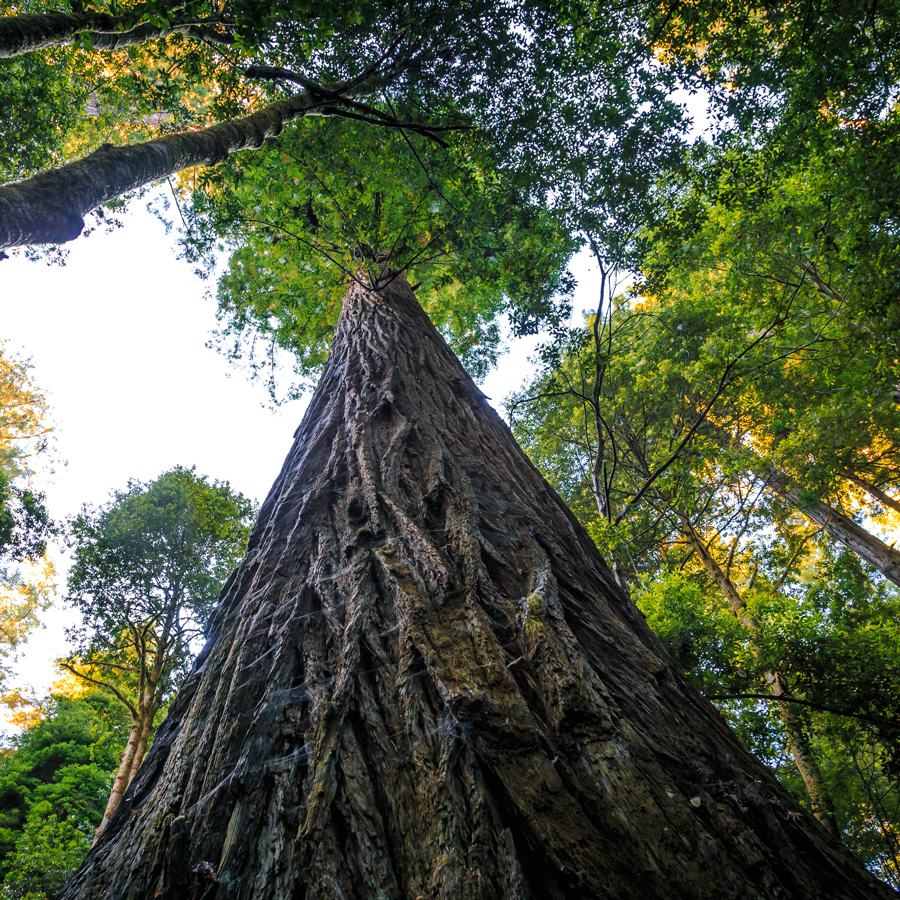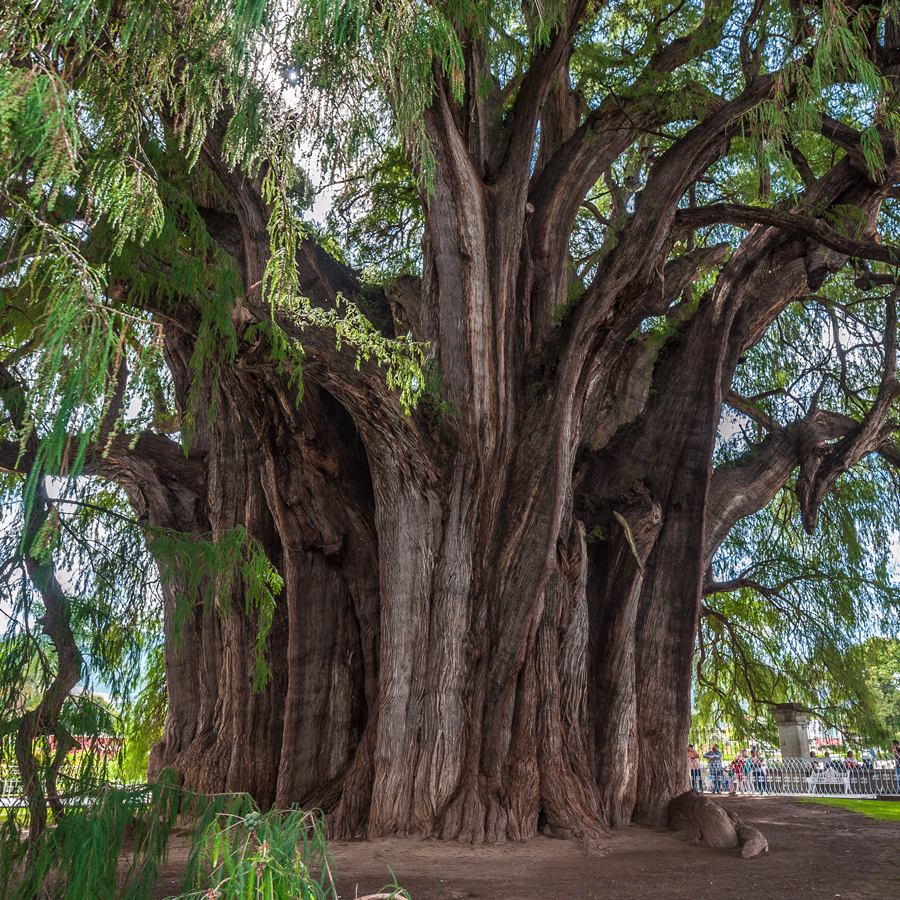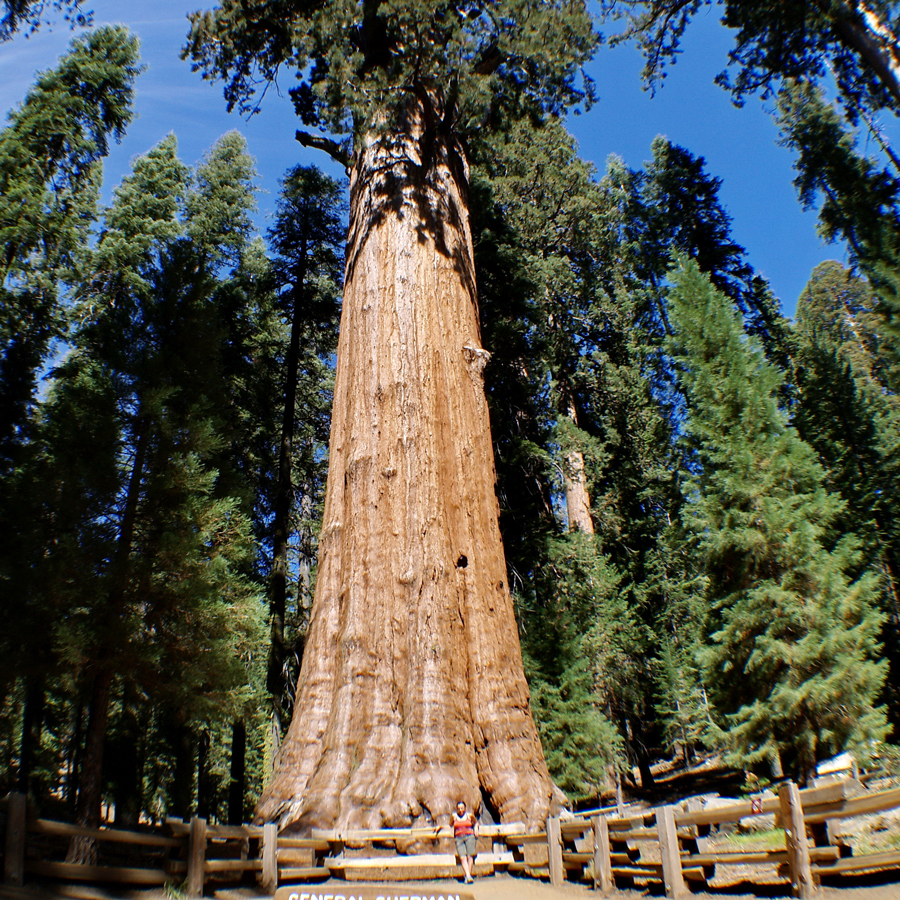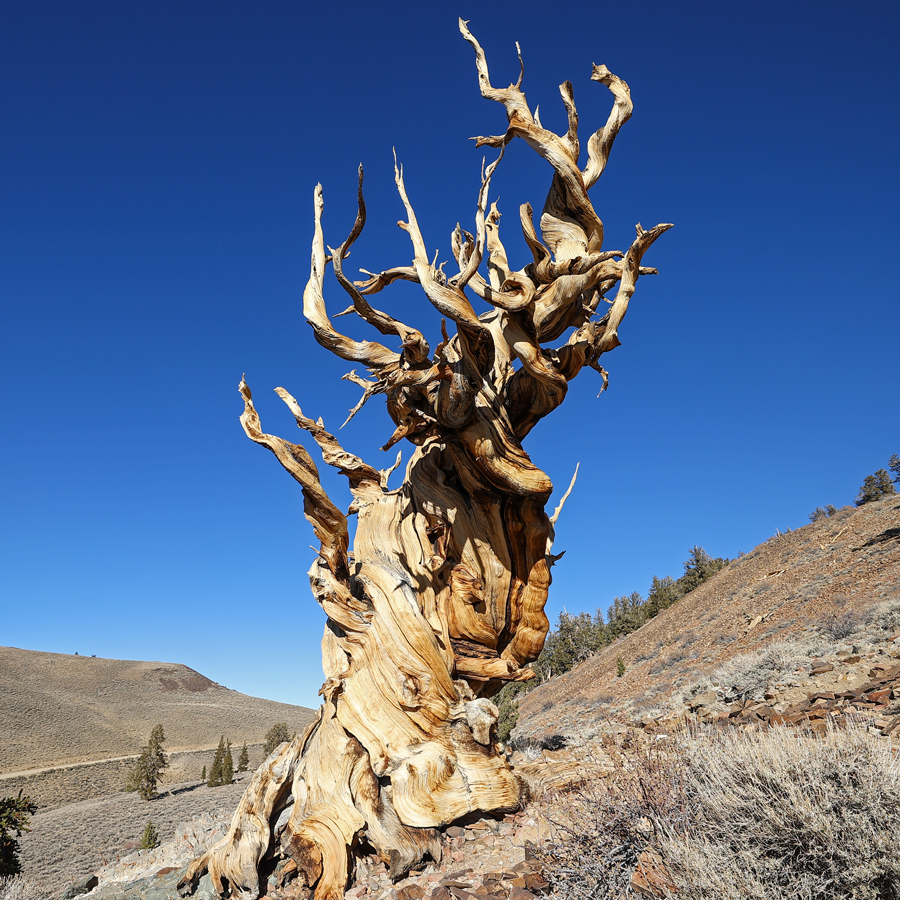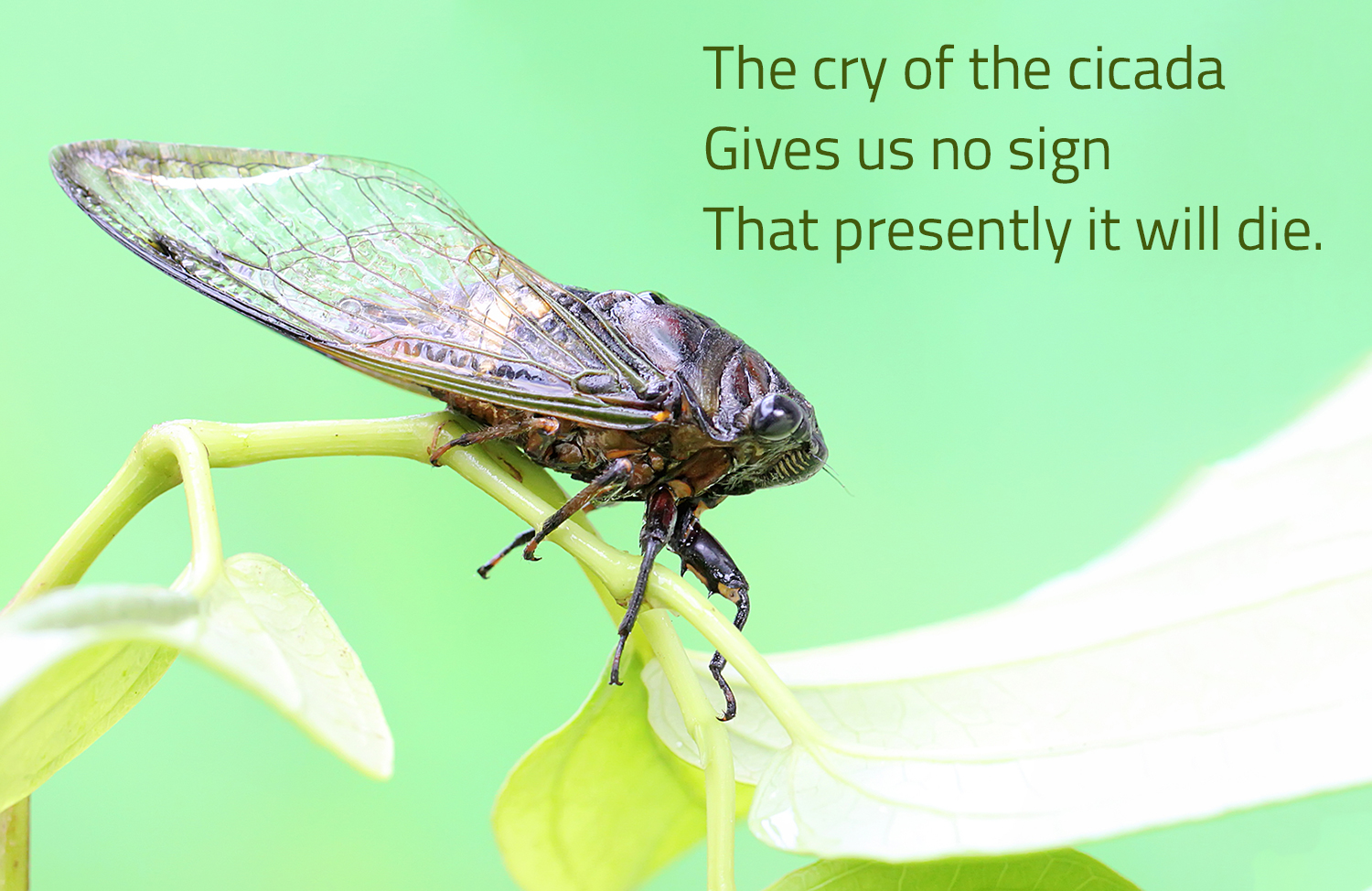A Generous Gift
Washington, D.C.’s famous cherry blossoms were originally a gift from Japan. Recently, the Japanese prime minister made another kind gesture.
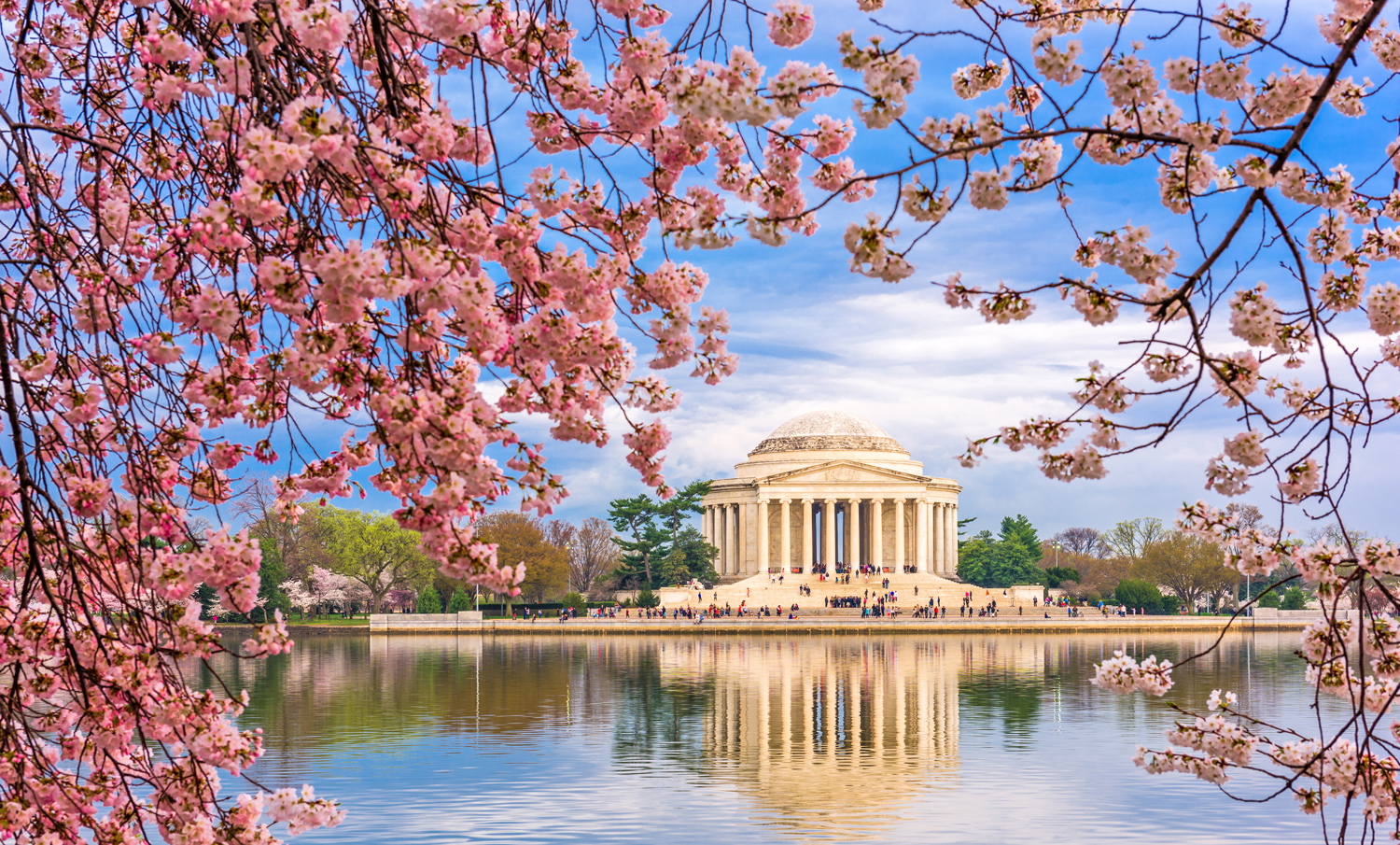
© SeanPavonePhoto/stock.adobe.com
Washington, D.C.’s famous cherry blossoms frame the Thomas Jefferson Memorial.
Washington, D.C., is famous for the cherry trees whose pink and red blossoms draw more than one million visitors each year. The trees are more than just beautiful. They’re a symbol of the friendship between the United States and Japan. Recently, Japan’s prime minister reinforced that alliance by offering a generous gift.
On April 10, during an official visit to the U.S., Japanese prime minister Fumio Kishida announced that Japan would give its ally 250 cherry trees. The Japanese government decided on the gift after learning that hundreds of Washington’s cherry trees will be removed this summer in order to rebuild a crumbling seawall around the Tidal Basin, a reservoir along which many of the trees are planted. When the city’s Potomac River floods, the water in the reservoir floods as well, damaging nearby trees.
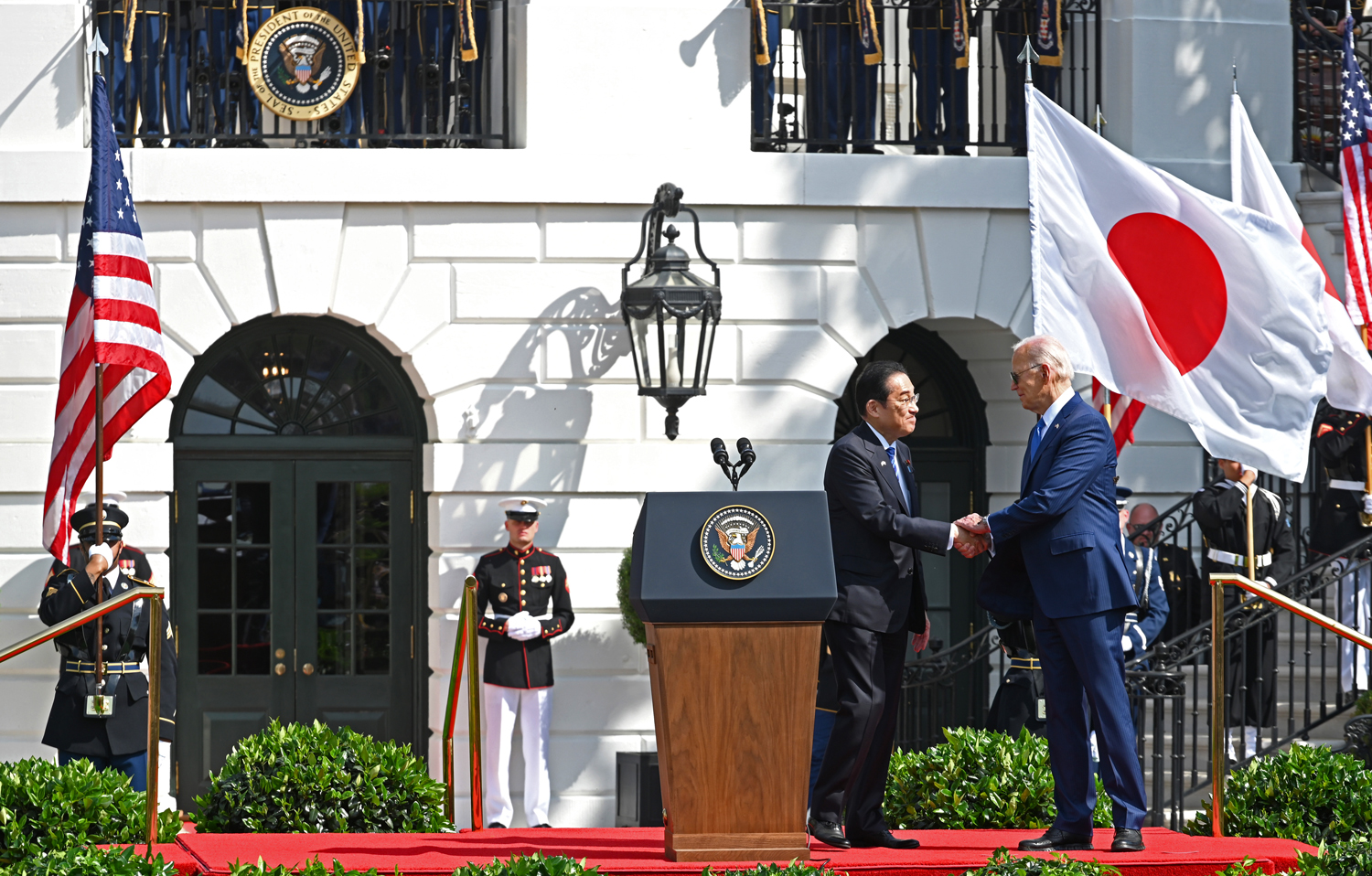
© Chen Mengtong—China News Service/VCG/Getty Images
U.S. president Joe Biden (right) shakes hands with Japanese prime minister Fumio Kishida during the prime minister’s 2024 visit to the United States.
U.S. president Joe Biden said the gift is also meant to honor America’s 250th birthday in 2026.
“Like our friendship, these trees are timeless, inspiring and thriving,” said President Biden. The president, along with U.S. first lady Jill Biden, had accompanied the prime minister and his wife, Yuko Kishida, on a visit to some of the city’s blooming trees the previous evening.
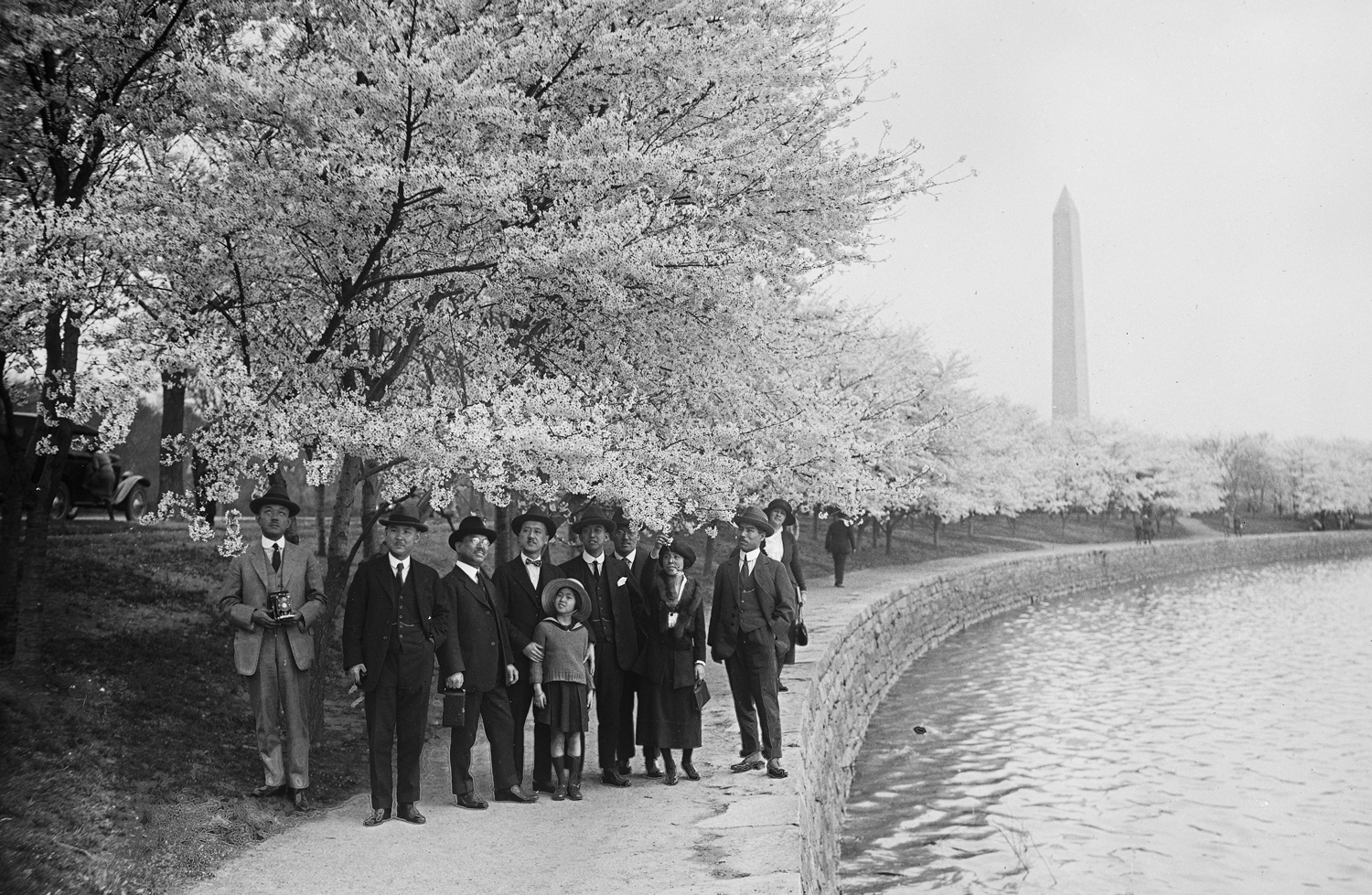
Harris & Ewing Collection/Library of Congress, Washington, D.C. (LC-DIG-hec-31617)
In this 1922 photo, a group of people stand under some of Washington, D.C.’s cherry blossoms.
Washington might not have its famous cherry trees if it weren’t for Japan, where the cherry blossom, or sakura, is the unofficial national flower. In 1912, U.S. first lady Helen Taft and Viscountess Iwa Chinda, the wife of the Japanese ambassador to the United States, planted two of 3,020 cherry trees that Japan had given to the U.S. in a gesture of friendship.
Washington celebrates that gesture during the National Cherry Blossom Festival, which is meant to take place each spring when the trees are at full bloom.
